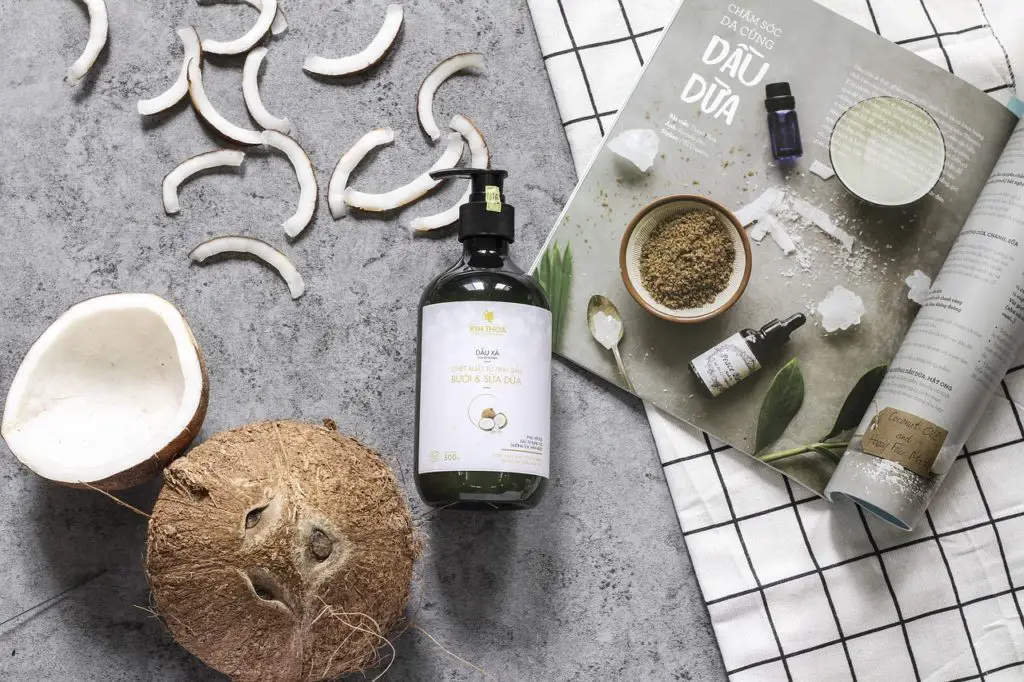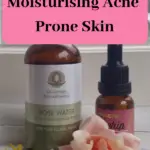Let me start straight off by telling you what comedogenic actually means. Blocked pores are called comedones. When a product is comedogenic, it means it has the potential to block pores. How does it do that? Well, by increasing the shedding of skin cells. These skin cells then combine with the sebum (or oil) in your skin and block your pores.
Now since acne is caused by blocked pores, these ratings would obviously matter a lot to people who have acne. We generally would want to avoid products that would potentially cause more blocked pores leading to more acne.
Comedogenic ratings are given to individual ingredients. When a product specifically states that it is non- comedogenic it means that none of the individual ingredients in the product are comedogenic.
How Are These Ratings Tested and Assigned to Ingredients
The comedogenic property of a substance is measured using the rabbit ear model. Rabbit ears are found to be more sensitive than human skin. They also react to comedogenic substances faster.
Substances to be tested for comedogenicity are applied to the rabbit’s ear and it is observed for clogged pores after a few weeks. Based on the number of clogged pores the ingredients were given a rating from 0 to 5.
- 0 is completely non-comedogenic ( can be used safely by people with acne prone skin)
- 1 is slightly comedogenic ( can be used by people with acne prone skin)
- 2-3 is moderately comedogenic (should be avoided by people with acne prone skin )
- 4-5 is very comedogenic ( should not be used by people with acne prone skin)
Due to animal testing being a sensitive issue, later tests were conducted on human subjects. The tests were done on the skin of the back. Patches of substances to be tested were applied on the back of the subject and the skin is examined after a certain period of time.
There are a lot of issues with these 2 studies.
In the case of the rabbit ear model, it can be said that since acne is a predominantly human condition, testing on rabbits would not simulate the conditions exactly. Also testing on animals is not ethical.
In the case of human subjects, the skin on the back will react very differently to facial skin.
Also if a product does have a comedogenic substance in it, it also depends on how much of the substance is in the product. Most skin care products have more than 10 ingredients in them. The comedogenic ingredient may be present in a very small quantity. It may not cause any problem in small quantities.
Also a combination of 2 non comedogenic ingredients can result in a product that is comedogenic. It’s hard to know as the testing was done on individual ingredients or the product as a whole.
Human sebum, especially in people who are prone to acne, is comedogenic. So even if you avoid all products you will still get acne. Also individual skin reacts in very different ways to different products. Just because a product is labelled non-comedogenic does not mean it will not react with your skin and clog your pores. One product may break you out but work very well for another person.
My Personal Experience
I have had a lot of mixed results with comedogenic and non comedogenic products, even though I personally believe that products are generally not the cause of acne. I have got acne from non-comedogenic products and comedogenic products have worked beautifully for me.
Years back I used a Pears face wash. On the front on the tube it was written non-comedogenic, all in bold and capital letters. I broke out real bad each time I used it.
On the other hand take coconut oil which has a comedogenic rating of 4. I have skin that is very much prone to acne. However I have been using coconut oil for 3 years now and I have never broken out with it. I have even used it when I had acne. Coconut oil has worked wonders for my skin. Had I taken into account its comedogenic rating, I would never have tried it.
How Do You Navigate These Murky Comedogenic Waters?
Comedogenic ratings are not really the be all and end all of skin care when it comes to acne. If you consider these comedogenic ratings you may be missing out on some amazing skin care products that may work wonderfully for your skin. And you may be limited when it comes to trying out skin care products.
You may also be spending much more on products labelled non-comedogenic only to find out that they break you out. Your skin is unique and will respond in its own unique way. You need to get familiar with your skin and find out what works for it best.
So what do you do? Here are some guidelines and pointers for buying skin care products when you have acne
- Stay clear of heavy cream based products
- Look for organic plant based skin care
- Listen to your skin and stop using a product if it is breaking you out
- Steer clear of products containing salicylic acid and benzoyl peroxide as they tend to irritate and dry the skin
- Focus on changing your diet and lifestyle to get rid of acne rather than stressing about comedogenic products
Lastly note that oil free and non-comedogenic are very different things. Oil free just means the product is free of any oils. It may not be non-comedogenic.





Leave a Reply